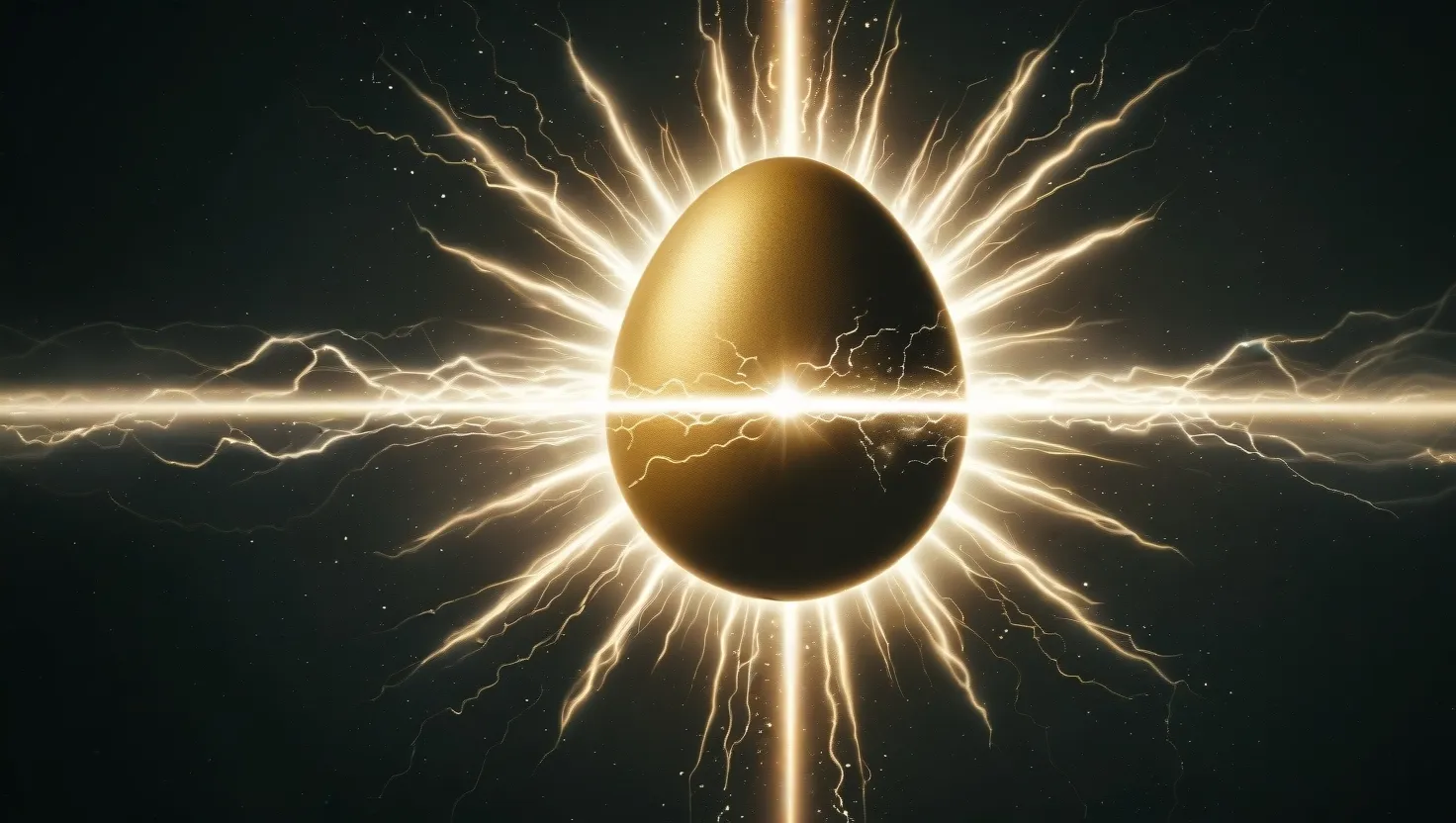Ahimsa, or non-violence, stands out like a lighthouse in the vast sea that is Hinduism. This age-old concept, deeply sewn into the fabric of the Vedic tradition, shines brightly in modern times as a pillar of ethical living.
The Yajur Veda, one of the sacred four Vedas, puts a spotlight on the importance of non-violence in its teachings. Picture this: a prayer asking for no ill will or hate, urging everyone to live peacefully and harmoniously. This pretty much sets the scene for a society where non-violence and harmony are the main characters.
Ahimsa isn’t just a moral do or don’t; it’s a profound philosophical stance weaving through the tapestry of Hindu thought. The Upanishads, which dive deeper into philosophical teachings, echo the significance of Ahimsa. Take the Chandogya Upanishad, for instance. It recommends meditating on the Self as Ahimsa, highlighting how deeply connected self-realization and non-violence truly are.
Turning to the Manusmriti, there lies a treasure trove of guidelines for ethical living. This ancient legal and ethical text declares Ahimsa as the highest dharma, pounding in its ultimate importance in guiding how people should behave. The Manusmriti nudges individuals to think about the ripple effect of their actions and to choose paths with the least harm. It supports a lifestyle that’s all about Ahimsa, touching on everything from diet and social interactions to professional responsibilities.
In the realm of Yoga, Ahimsa is the first of the five yamas, or moral restraints, set forth by Patanjali. Alongside truthfulness, non-stealing, non-excess, and non-possessiveness, Ahimsa lays down the foundation of ethical living. Practicing Ahimsa means steering clear of harm not just through actions, but also in thoughts and words. It calls for fostering compassion, kindness, and respect for all life forms.
Fast forward to today, and Ahimsa has become a north star for both personal and professional spheres. It’s all about realizing that caring for ourselves is a form of non-violence which, in turn, enables us to be more compassionate and effective in how we engage with others. Think about it—prioritizing mental health and self-care is crucial, yet often side-lined. Practicing Ahimsa helps set healthy boundaries and say no to what drains us, maintaining our well-being and making us better supporters of others.
Another tricky part of life is juggling duty and non-violence. People often grapple with balancing self-care with compassion for others. In the workplace, ethical challenges pop up like unwanted notifications, demanding a deep understanding of non-violence and duty. Businesses face the tough task of balancing profitability with social and environmental responsibility. Corporate social responsibility initiatives come into play here, allowing companies to practice Ahimsa by promoting ethical business practices and reducing environmental footprints.
Ahimsa has also powered the engines of non-violent activism. Leaders like Mahatma Gandhi and Martin Luther King Jr. showcased how individuals and communities could tackle social injustices through peaceful means. Non-violent protests, advocacy, and education have proven effective for promoting social change, all while sticking to Ahimsa principles.
Interestingly, Ahimsa isn’t something limited to Hinduism. It’s a universal principle that resonates across different cultures and religions. Mahatma Gandhi, who brought Ahimsa into the modern limelight, believed non-violence to be a common thread in all religions. To him, Ahimsa was a divine force driving all interactions, pushing one to uncover the truth. Gandhi’s non-violent resistance movement left a massive impact on India and sent ripples across global civil rights movements.
Integrating Ahimsa into daily life? It goes beyond just avoiding physical harm. It calls for a mentality shift toward compassion and kindness. Here are a few ways Ahimsa can weave into everyday living:
One, be mindful of your speech. Words can sting, and unkind behavior can be a form of mental violence. Keeping check on this can foster a lot of goodwill.
Two, self-care is vital. Prioritizing mental and physical health is a form of non-violence itself. When one is well, they are in a better place to be kind and supportive to others.
Three, engage in actions that promote harmony and peace. Volunteering, supporting environmental causes, or just simple acts of kindness to those around can go a long way.
Four, reflective practice helps. Using tools like sankalpas, or intentional affirmations, can bring a lot of awareness to one’s habits and narratives, steering towards more compassionate behaviors.
However, modern ethical dilemmas are like plot twists that we often stumble upon. These challenges sprout in diverse settings, demanding a nuanced understanding of non-violence and duty. Take the workplace, for instance. Ethical dilemmas could be issues like corporate ethics, environmental concerns, and employee welfare. Navigating these murky waters means finding ways to address them without slipping into harm or violence.
Ahimsa, as rooted in the Yajur Veda and other Hindu texts, isn’t just a moral compass—it’s a way of life. It nudges everyone to live harmoniously with all beings, promoting a society where non-violence and kindness are the reigning themes. As a modern ethical practice, Ahimsa offers a solid framework for personal and professional demeanor. It guides us toward a more peaceful and compassionate world.
By weaving Ahimsa into the fabric of our daily lives, fostering compassion, respect, and kindness becomes second nature. This, in turn, leads us toward a more balanced and ethical existence.






